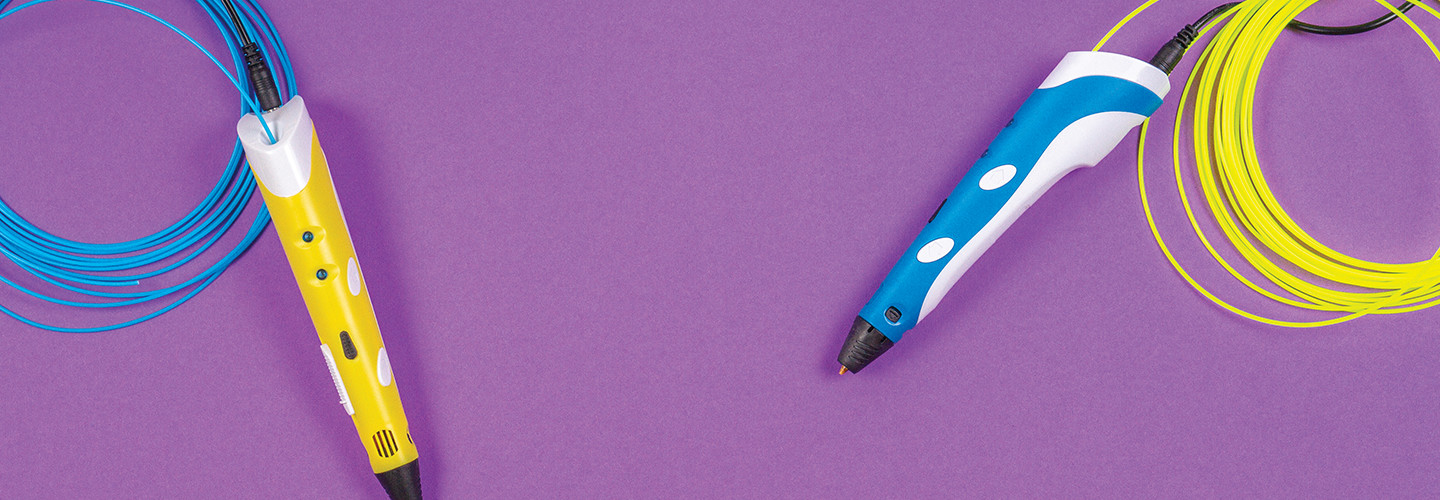K–12 classrooms essentially have been set up in much the same way since the days of Horace Mann in 1830s Massachusetts.
Students sit in rows, facing forward, in order to see the blackboard and the teacher, who is ready to share knowledge that students are expected to receive.
Increasingly, schools have turned away from that model as they strive to create active-learning classroom spaces that are more conducive to modern learning methods and thought.
A new study underway at Virginia Tech seeks to understand the effects of physical space on course engagement and learning. Led by Timothy Baird, assistant professor of geography in the College of National Resources and Environment and senior fellow for the Institute for Creativity, Arts, and Technology, the study hypothesizes that greater engagement occurs in active-learning spaces and leads to better learning outcomes.
“We’re trying to figure out what engagement, critical thinking and community actually look like in the classroom, so we can better nudge space, teachers and students toward all that magic,” Baird says.
The study incorporates motion-tracking cameras that take a few pictures of the class every second. The pictures are processed via machine learning and used to build a 3D model of classroom activities. From those models, Baird and his team can examine subtle classroom behaviors and patterns linked to learning.
While it’s impossible to accurately predict the layout of the future K–12 classroom, it’s easy to imagine it incorporating active-learning technology at every possible turn.
MORE FROM EDTECH: Schools sketch out modern learning environments and then make them a reality.
What Is in Store for K–12 Modern Classrooms?
Jody Britten, a senior associate at the Metiri Group, predicts that 3D pens, 3D printers, tablets, cloud-based laptops and data visualization tools, such as Tableau and QlikView, will all have a place in the modern classroom.
3D pens in particular will encourage creativity in students, allowing users to draw a 3D structure in midair or create a raised graphic on a piece of paper or flat surface. 3D pens used in conjunction with data visualization tools add an element of dynamism to information and figures.
“What will students need access to in order to learn in an authentic manner?” Britten asks. “Active-learning technology allows them to move from consuming information to creating and thinking on a deeper level.”
MORE FROM EDTECH: Check out how modern classrooms and personalized learning are the perfect pair.
Human Teachers Will Always Have a Place in the Classroom
As Baird and his team learn more about the role physical space plays in learning environments, he recognizes the role of teachers.
“Space can push teachers to try different things and take chances,” he says. “New technologies may push teachers in new directions — hopefully toward more human connections with students.”
In the SCALE UP room at Virginia Tech, Baird included more small group activities and discussion, and encouraged use of whiteboards, along with new strategies to leverage the space.
But the human element has been, and will continue to be, key to tying everything together in next-gen, modern learning environments.
“A more open and collaboration-friendly atmosphere is helpful,” says Eric L. Blake, principal of Brooklyn’s Science, Technology and Research Early College School. “But we still need teachers to use a toolkit of solid and battle-tested classroom strategies to engage all learners.”








